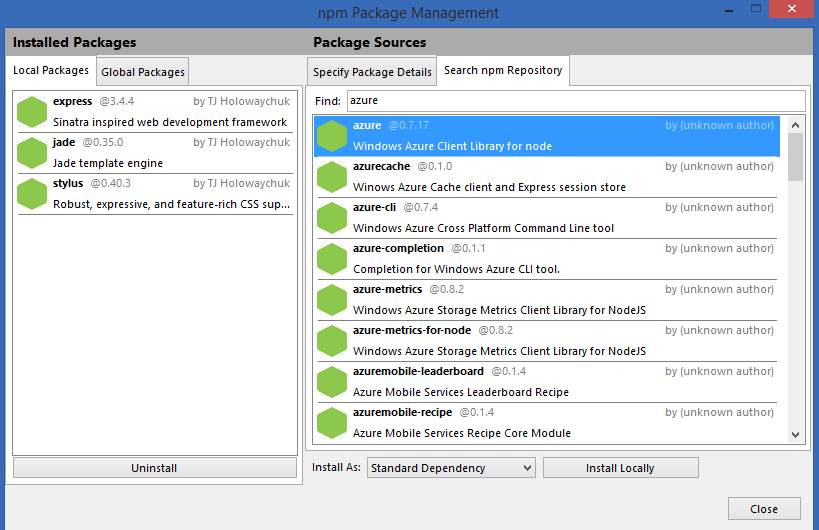
Rotate (i* 10 ) drawpath (path.I have been fascinated with generative design lately. #_ctx.fill(path.fill) #_ctx.stroke(path.stroke) #_ctx.strokewidth(path.strokewidth) # Use copies of the paths that adhere to the transformations.įinally, remember that when you want to supply one path multiple times to drawpath(), each with its own translation and rotation, you need to feed copies of the path to drawpath: path = svg. translate ( (-x-w )*origin, (-y-h )*origin ) for path in paths: scale ( scale ) (x, y ), (w, h ) = bounds (paths ) "" " Draws a group of paths that rotate and scale from the given origin. R = b = float ( "-inf" ) for path in paths:ī = max (b, y+h ) return (l, t ), (r-l, b-t ) def drawpaths (paths=, x= 0, y= 0, rotate= 0, scale= 1.0, origin= ( 0.5, 0.5 ) ): "" " Returns (x, y), (width, height) bounds for a group of paths.

By default origin is (0.5, 0.5) which means the center of the group. The second command, drawpaths(), draws all of the paths rotating and scaling from the given origin.

The first command, bounds(), calculates the position and total size of a list of paths. Below are two commands to help you along. All of these paths may make up a single drawing and you may encounter difficulties when rotating and scaling the drawing a whole. When you import an SVG file a list of paths is returned. Stroke ( 1, 0.5 ) strokewidth ( random ( 0.5 ) ) if prev != None: Prev = None autoclosepath ( False ) nofill ( ) for pt in path. You can see it in use in the Superfolia project in the gallery.
#Nodebox importcsv makepoint code#
The bottom paths are darker to create a sense of depth.īelow is some example code used to alter the path. After some fumbling with paths and a nice gradient background, here is a hairy version of our flower. Since all of the imported artwork are standard NodeBox paths, I can also manipulate them with path mathematics, transform them like the LetterKnitter. We only fill paths that are closed, in shades of the same color: In the following example we override the colors in the original document. parse (data ) for path in paths:įill ( random ( ), 0, 0 ) drawpath (path ) Those that have a fill color will retain their original fill. Read the tutorial on paths to see what you can do with the points of a path.įor example, here's one of Ludivine Lechat's Illustrator drawings. These can be used to copy color information from the original vector drawing. path.strokewidth: the stroke width of the path in the SVG file.path.stroke: the stroke color of the path in the SVG file.path.fill: the fill color of the path in the SVG file.path.closed: is set to True when the path is closed.When set to True, the SVG source is analyzed only once and the parsed paths stored in memory so they load faster.Įach returned path in the list has the following properties: The command has an optional cached parameter. The parse() command reads SVG source and returns a list of paths that are drawable with drawpath(). Importing SVG files parse ( str, cached= False ) The regular SVG format saves all swatches and patterns, which is useless outside of Illustrator. In the next window, choose "SVG Tiny 1.2" as the SVG Profile.In the file dialog, select "SVG (svg)" (not "SVG Compressed" - we can't read compressed files).

To export files as SVG from Adobe Illustrator do the following: You can also put it in ~/Library/Application Support/NodeBox/. Put the svg library folder in the same folder as your script so NodeBox can find the library. Complicated things like gradient fills are ignored. The SVG library has been tested for the following Illustrator functionalities: rectangles, ellipses, polygons, lines, curves constructed with the pen-tool, fill colors, stroke colors, stroke widths and transparency. Hand-draw your shapes there and then manipulate them further in NodeBox. You can save SVG files from Inkscape and Illustrator. "SVG" means Scalable Vector Graphics and is an XML format. Rectangles, circles and paths from an SVG file are imported as native NodeBox paths, so their individual points and colors can be manipulated (see the tutorial on Paths). The SVG library gives control over vector work imported into NodeBox.


 0 kommentar(er)
0 kommentar(er)
